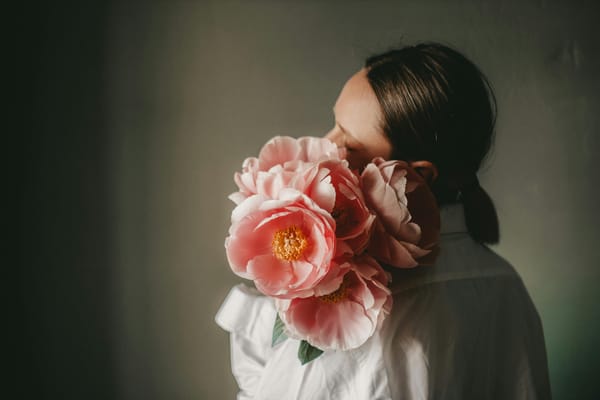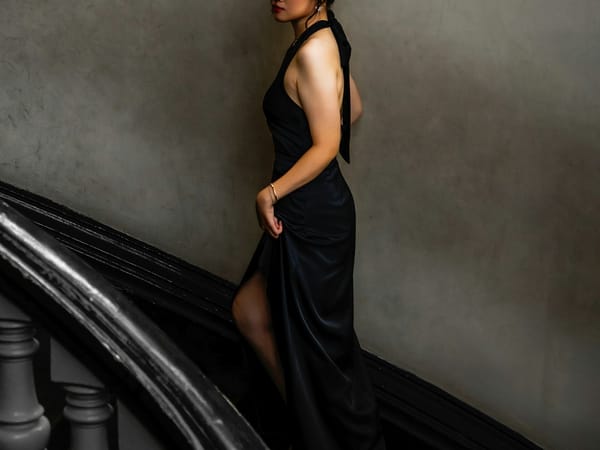Feminine archetypes explained: From Jung to everyday life
A clinical perspective on how the framework of feminine archetypes can help us better understand ourselves
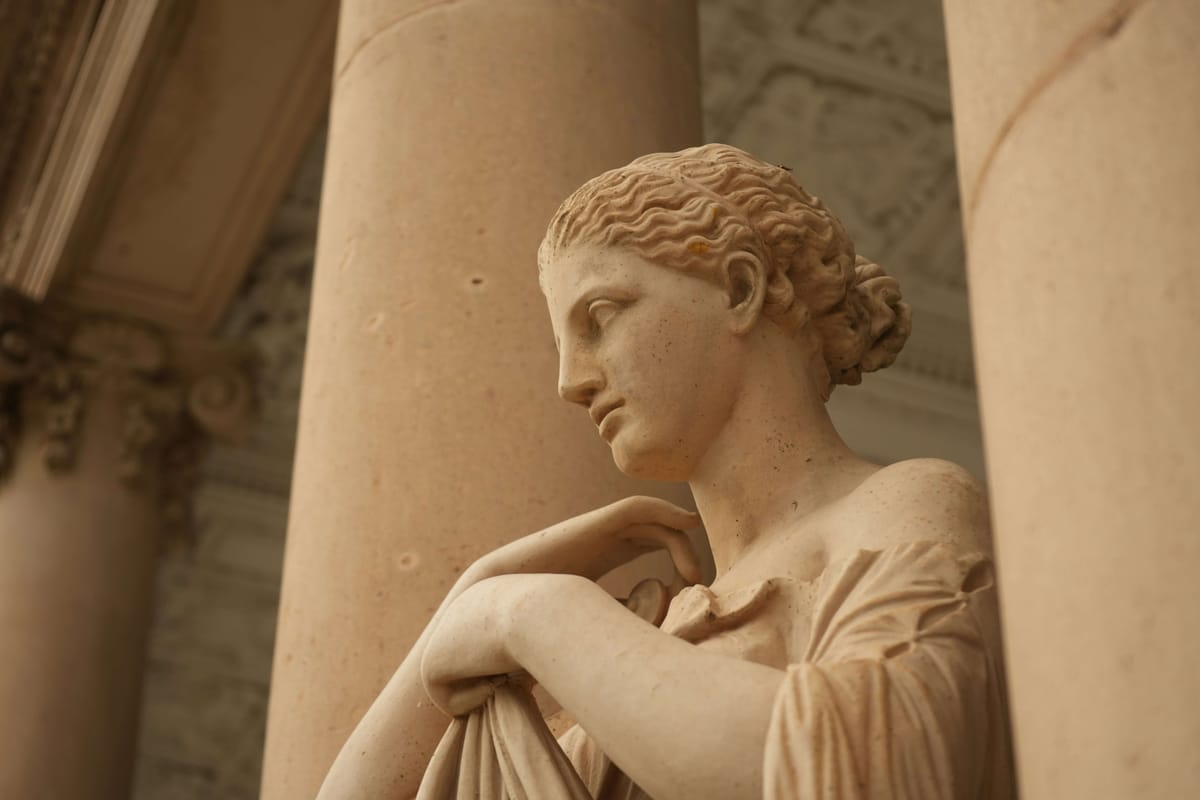
Feminine archetypes seem to be having a moment. Feminine archetype quizzes abound. People are seeking out feminine archetype art for their office or their home. There's a real interest in feminine archetypes right at this moment. It's a trendy topic for now but it's also timeless. Psychologists have been writing about feminine archetypes from Jung onwards, and there's some really fascinating work that's been done about feminine archetypes by different psychologists and psychiatrists who are Jungian analysts.
So perhaps you're here because you came across a quiz that asked you if you're Artemis or Aphrodite, and you're not exactly sure what these patterns mean or why they matter. Perhaps you saw the phrase "feminine archetypes" on a YouTube video, and wanted to know more. Perhaps you do have a background in psychology or Jungian studies and are looking for a bit of a clinical angle.
Here's what we'll cover in this post:
- What are archetypes?
- Overview of the 7 core feminine archetypes
- How using the language of feminine archetypes can help us better understand our inner selves
- Reflecting on how feminine archetypes might be showing up in your inner life
- A gentle invitation
What are archetypes?
When Carl Jung first introduced the concept of archetypes, he described them as universal patterns that live in the collective unconscious—a communal, shared part of the human psyche that transcends culture and time. These patterns aren’t rigid roles we’re meant to play, but rather recurrent images and motifs that shape how we understand ourselves, others, and the world.
At their core, archetypes are psychological blueprints. Archetypes are often most prominent in myths, literature, and art. But these same psychological archetypes also influence how we live our day-to-day lives: how we respond to challenges, how we care for others, how we seek meaning.
Unlike stereotypes, which flatten people and behaviour into oversimplified categories, archetypes make space for much more nuance. Archetypes don't dictate behaviour: they provide way to recognize recurring themes in human experience.
For example, the archetype of the mother is not just about literal motherhood. The mother archetype encompasses broader qualities of nurturing, protection, and creativity that can appear in anyone, regardless of their gender or role.
It’s important to distinguish between the clinical roots of Jung’s idea and the way “archetypes” are often used in popular culture. In psychology, archetypes are not personality tests or boxes we fit neatly into. In popular usage, however, the word sometimes gets reduced to shorthand for character types, marketing personas, or even “tropes.” While these uses can be playful and fun, and even helpful in certain contexts, they can miss the depth Jung intended.
Archetypes are less about applying a label, and more about making space for us to become more inwardly attuned to the universal stories we carry and share.
When we work with archetypes psychologically, the goal is not to assign ourselves an identity, but to open ourselves to a deeper, more nuanced dialogue with our inner selves. Using the concept of archetypes gives us words to use to describe these inner parts of ourselves.
An overview of the 7 core feminine archetypes
In Jungian analyst Jean Shinoda Bolen's influential book, Goddesses in Everywoman, Dr. Bolen described the Greek goddesses not solely as distant myths, but as living archetypes, imagining them as timeless patterns that shape women’s inner lives. After seeing the same relational patterns and behaviours show up again and again in different patients, Dr. Bolen created a framework of feminine archetypes inspired by classical mythology. She was careful to note that people are not generally motivated solely by one archetype. Rather, we carry several of these archetypes within us at any given moment, some more active than others, shifting across different stages of life.
Exploring these feminine archetypes offers a way to better understand our (at times conflicting) instincts, longings, and struggles. Using the feminine archetypes psychological framework can also help to give a voice to the parts of ourselves which may otherwise remain hidden and go unacknowledged.
Artemis: The Wild One

Artemis, goddess of the hunt and the moon in classical Greek mythology, embodies independence, focus, and a deep connection to nature. She represents the part of us that is self-sufficient, goal-driven, and protective of our autonomy.
Women who resonate with Artemis often value freedom and personal integrity. They may prefer solitude or the wilderness of their own pursuits over social approval. Clinically, Artemis energy can be protective against enmeshment, but in excess may lead to emotional distance.
Athena: The Strategist

Athena, goddess of wisdom and craft in classical Greek mythology, symbolizes clarity of mind, strategy, and competence. She is the archetype of the professional, the problem-solver, the one who thrives in structured systems. Women aligned with Athena often excel in academic or career pursuits, yet may struggle to integrate vulnerability or emotion.
From a psychological perspective, Athena energy supports resilience and pragmatism, but can risk disconnection from intuition or embodied experience.
Hestia: The Keeper of the Hearth
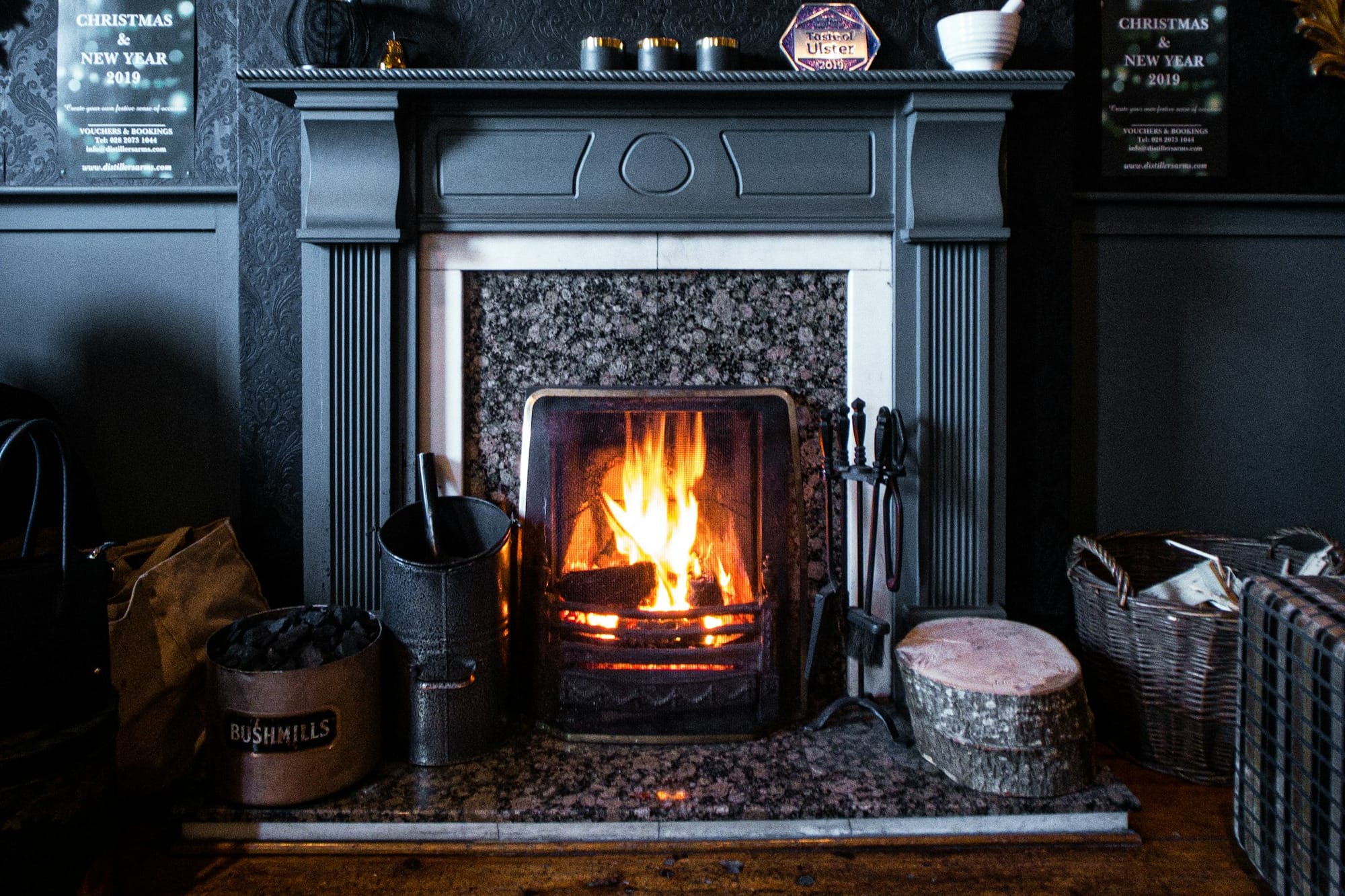
Hestia, goddess of the hearth in classical Greek mythology, represents inner stillness, sanctuary, and the quiet, sacred center. Unlike Athena or Artemis, she is not outwardly ambitious but deeply inward-focused.
Women who embody Hestia often cultivate peace in their environments and within themselves. This archetype values simplicity, meditation, and presence. Clinically, Hestia energy may help counteract burnout by creating restorative space, but it can also tip into withdrawal or invisibility.
Persephone: The Maiden and the Queen of the Underworld

Persephone of Greek mythology represents duality: the innocent Maiden and the Queen of the Underworld. She embodies transformation, receptivity, and the ability to navigate light and shadow.
Women attuned to Persephone may feel pulled between dependence and empowerment, or between naivety and hard-won wisdom. Psychologically, she reflects the individuation process—the descent into the unconscious and the return with new awareness. Persephone’s story reminds us that growth often requires surrendering to life’s underworld passages and emerging with greater authority over our own lives.
Hera: The Committed Partner

Hera, goddess of marriage in Greek mythology, symbolizes loyalty, commitment, and the longing for enduring partnership and stability. She represents the relational dimension of women’s psyches: the desire for devotion and recognition within committed bonds. Women influenced by Hera often pour themselves into relationships, finding identity through union. In its healthy form, Hera energy nourishes intimacy and steadfastness; in shadow, it can manifest as jealousy, resentment, or self-abandonment. Hera teaches us the importance of honoring our commitments without losing our individuality.
Demeter: The Mother

Demeter, goddess of grain and harvest, embodies nurturance, care, and generativity. She is the archetype of the mother in its broadest sense—bearing and feeding life, whether through children, creative projects, or communities.
Women resonating with Demeter often feel fulfilled through caregiving, but may struggle with emptiness or despair when their giving is not reciprocated. Clinically, this archetype highlights themes of compassion fatigue and boundary-setting. Demeter teaches us both the richness of unconditional love and the necessity of letting go.
Aphrodite: The Lover
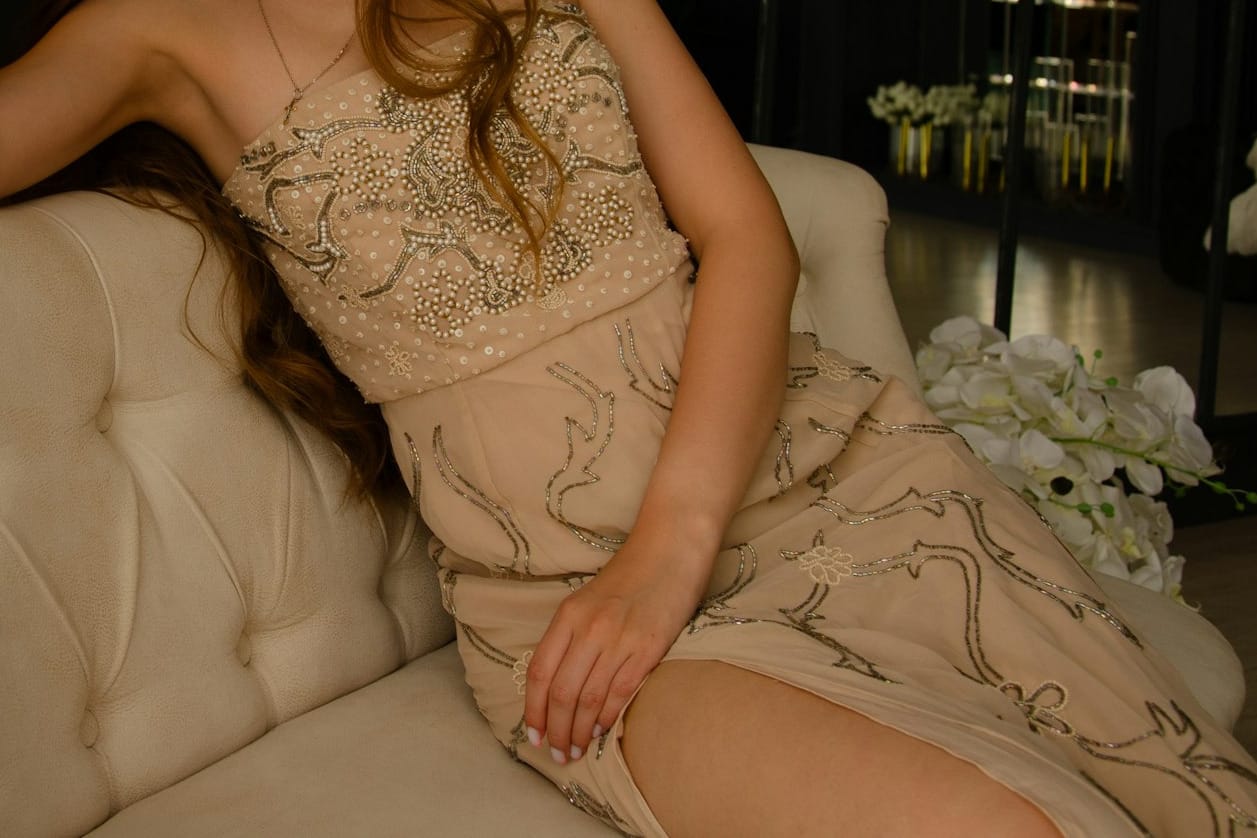
Aphrodite, Greek goddess of love and beauty, represents passion, sensuality, and creativity. Unlike the other archetypes, she resists containment, thriving in spontaneity and desire. Women aligned with Aphrodite often feel drawn to art, intimacy, and experiences that awaken vitality. She embodies the archetypal force of attraction and transformation through relationship.
Psychologically, Aphrodite energy connects us to eros, creativity, and excitement. Yet, without balance, it can manifest as instability or pursuit of constant novelty. She reminds us that aliveness and desire are essential aspects of the human soul.
How using the language of feminine archetypes can help us better understand our inner selves
It’s tempting to think of archetypes as boxes: Are you more of an Artemis or a Demeter? An Athena or an Aphrodite? But archetypes don’t work that way. They are not personality labels, nor do they lock us into one “type.” Instead, they are living patterns—currents of energy within the psyche that ebb and flow across the seasons of our lives.
In youth, our Persephone archetype may be especially prominent as we explore innocence, transition, and self-discovery. In times of career building, Athena or Artemis may rise to the forefront, helping us focus and achieve. During caregiving years, Demeter often comes alive, while later in life, Hestia’s quiet wisdom may become more central.
But these shifts and transitions aren’t linear or exclusive. Most women hold several archetypes at exactly the same time. The tension between them often tells us as much as their harmony. For instance, the push-pull between Aphrodite’s spontaneity and Athena’s strategy might mirror a real-life struggle between passion and pragmatism.
Practically speaking, using the language of feminine archetypes to describe inner conflict can provide useful and supportive scaffolding. Using the language of archetypes helps to reframe parts of ourselves as being in conflict, rather than ourselves being in conflict.
We can imagine inner conflict as a dialogue between different aspects of the self. Feeling burned out may signal that our inner Artemis archetype has spent too much time at the forefront of our lives, while our inner Hestia archetype has been neglected. Struggling with perfectionism might point to the dominance of our inner Athena archetype, which is coming at the expense of the playfulness our inner Aphrodite archetype would like to propose, or the compassion our inner Demeter archetype wants to offer. In this way, archetypes help us notice imbalances and invite undernourished parts of the psyche back into the circle.
Emotionally, archetypes offer both resonance and relief. They give language to those feelings and desires that can feel difficult to name. Our restless hunger for independence. Our longing to be chosen. Our desire for beauty. Our craving for stillness. Naming these recurrent, archetypal patterns can make our inner world feel less chaotic. We also begin to feel more connected to ourselves, to other women, and to the larger human story.
Ultimately, the power of working with feminine archetypes is not in choosing one to embody or identify with, but in cultivating awareness of the whole spectrum of feminine archetypes.
Each archetype can act as a guide, a voice, a mirror. Taken together, feminine archetypes help to provide a gentle reminder that our lives are more than simple narratives: they are layered, complex, evolving journeys.
Reflecting on how feminine archetypes might be showing up in your inner life
As you read about the feminine archetypes above, you might have felt one or two jump out at you right away. Perhaps one particular archetype felt really prominent in your life right now. Or maybe another archetype filled you with grief, because you don't have as much of it in your life as you'd like.
Perhaps the Artemis archetype awakened a memory of your younger, more independent self. Perhaps the Demeter archetype reminded you of the caregiving you’ve been diligently providing to others at great personal cost. Maybe the Aphrodite archetype reminded you of desires you’ve set aside. Perhaps the gentle hearth of the Hestia archetype stirred an inner longing for more quiet moments of peace.
Working with psychological archetypes is not about deciding who you are once and for all, but in giving a name to the parts of your inner life– your unconscious– that can so easily pass by unnoticed unless you go seeking them. Which archetypes feel strong and supportive? Which have gone quiet, waiting for you to listen? Sometimes simply naming the archetypes at play for you right now can bring a kind of relief. Suddenly, what felt confusing or unknowable has a shape, a story, an identity.
You don’t have to do anything with this awareness immediately. Reflection itself is a form of care. If you feel so inclined, a gentle practice might be to journal about one archetype that resonates with you, or to notice when a certain pattern shows up in your day.
Over time, this kind of inner listening can soften perfectionism, ease burnout, and reconnect you to the wholeness already within you.
A gentle invitation
If this type of practical yet soulful reflection on feminine archetypes is a good fit for you, and you feel called to go deeper, you’re warmly invited to explore The Haven by Quiet Depth membership—a text-based collection of self-paced, text-based lessons and reflections weaving together psychology, reflection, and practice. This is a private, quiet space to move through at your own pace, with room for curiosity and compassion as you discover which archetypes are most alive in your own journey. No rush, no pressure—simply an open doorway, should it feel like you wish to step through.
🗝️ When you unlock The Haven by Quiet Depth you'll get unlimited access to a curated collection of self-paced, text-based lessons and reflections on depth psychology topics like feminine archetypes, transitions, seasons of life, shadow work, and the dark feminine that fit comfortably into your busy schedule.
No fluff. No videos. No headphones. Just thoughtful, reflective, text-based lessons and step-by-step prompts and exercises you can do anytime, anywhere. It's a soulful yet practical space for you to explore your patterns, uncover your hidden strengths, and integrate those parts of yourself that you've tucked away— entirely on your own schedule.




